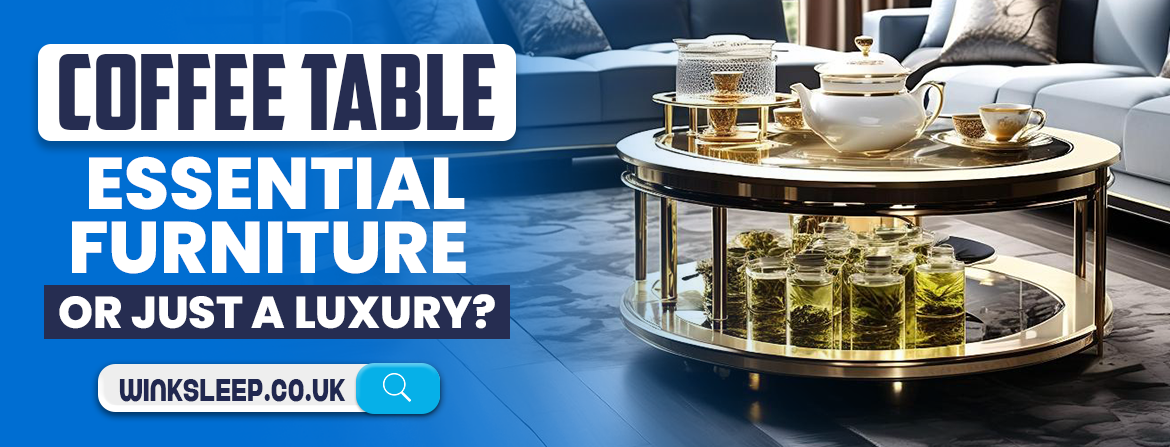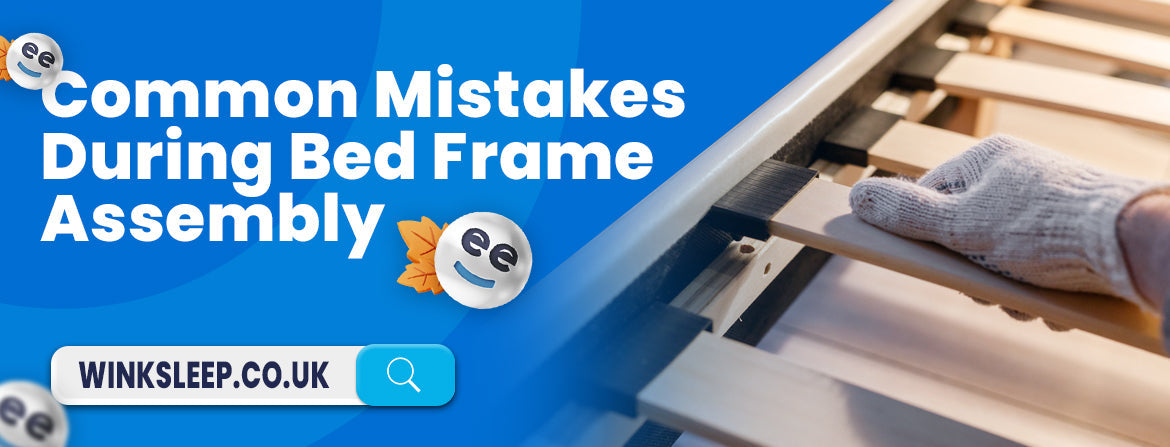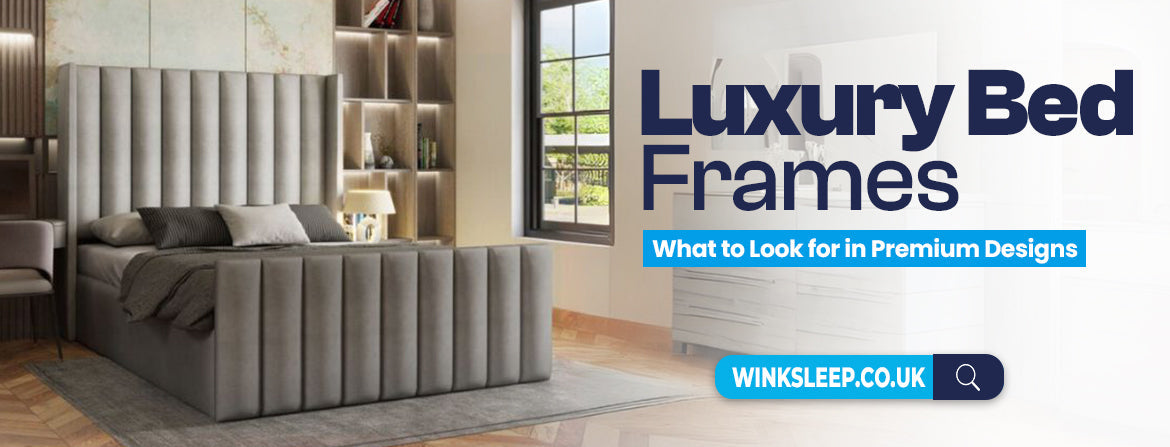In interior design, every piece of furniture plays a vital role in shaping a room's character and functionality. Among these, the coffee table holds a unique position. Often considered a staple of living room decor, its practicality and aesthetic appeal have made it a popular choice for decades. Yet, some wonder if a coffee table is necessary or merely a symbol of luxury. This debate stems from the evolving nature of modern living spaces, where minimalism and multi-functional furniture challenge traditional norms.
Examining a coffee table's various roles in form and function is essential to understanding its value. By Knowing their practical uses and decorative impact, we can better determine whether it deserves a spot in your home or if alternatives might serve you just as well.
Functional Purposes of a Coffee Table
A coffee table is much more than just a surface to place your coffee cup. Its functionality extends into various aspects of daily living:
- Central Hub for Convenience: A coffee table provides a centralised location for frequently used items, including remote controls, magazines, beverages, or decorative objects. Without it, these items can clutter the sofa or floor, diminishing the room's neatness and comfort.
- Additional Storage: Many contemporary coffee tables are designed with built-in storage compartments, offering space for books, games, or blankets. Lift-top coffee tables, for example, are excellent for small spaces, allowing hidden storage while maintaining a streamlined appearance.
- Entertainment and Socialising: Coffee tables serve as a central gathering point for friends and family. Whether hosting a game night, sharing snacks, or simply chatting over drinks, the marble coffee table becomes the heart of the living room during social events.
- Work Surface: In today's flexible home environments, coffee tables double as makeshift desks for laptops or writing. They cater to those who enjoy working from the comfort of their living rooms.
Aesthetic Impact of Coffee Tables
A well-chosen coffee table adds significant visual appeal to a room. Here's how it influences design:
- Anchoring the Room: A coffee table anchors the furniture arrangement at the center of a seating area, creating a cohesive and balanced look. It helps define the flow of the space and draws attention to the room's focal point.
- Expressing Personal Style: Coffee tables are available in various designs, materials, and finishes. Whether you prefer sleek glass and chrome for a modern vibe or rustic wood for a cosy feel, a pine coffee table can reflect your aesthetic and elevate the room's decor.
- Showcasing Decorative Items: A coffee table is an excellent stage for displaying candles, vases, books, or art pieces. You can create a visually interesting and dynamic centerpiece by layering different textures and heights.
Alternatives to Coffee Tables
If a traditional coffee table doesn't suit your needs or style, consider these alternatives:
- Ottomans: Upholstered ottomans offer comfort and can double as a footrest or additional seating. Many come with hidden storage and can be topped with a tray to hold drinks.
- Side Tables: Pairing two or more side tables offers flexibility. They can be moved around easily and used individually or together as needed.
- Nested Tables: These space-saving tables fit within one another and can be pulled out for extra surface area when entertaining.
Is It Essential or a Luxury?
Whether a coffee table is essential or a luxury depends mainly on personal preference and lifestyle:
- Essential for Functionality: For households that prioritise convenience, storage, and socialising, a coffee table is an invaluable addition. It serves multiple practical purposes that enhance daily living.
- Luxury for Minimalists: A coffee table is superfluous in minimalist spaces where simplicity reigns. Compact homes or apartments may opt for less bulky alternatives to maintain an open, airy feel.
- Balancing Needs and Aesthetics: Finding the right coffee table requires balancing form and function. A carefully selected piece can provide utility and beauty, making it a wise investment.
Conclusion
This essential Guide to coffee table straddles the line between necessity and luxury. While its functionality and design value are undeniable, individual needs and personal tastes ultimately determine its importance. Evaluate your space, lifestyle, and preferences to decide whether a coffee table or alternative suits your home's character.
FAQs
What are the primary uses of a coffee table?
A coffee table holds drinks, books, and remotes, provides storage, and serves as a central point for socialising and decorating.
What are some alternatives to a traditional coffee table?
Alternatives include ottomans, side tables, nested tables, and storage benches with similar functionality with different designs.
Is a coffee table necessary for a small living room?
Not always. Compact living spaces may benefit more from space-saving options like nesting tables or multi-functional furniture.
How do I choose the right coffee table for my space?
Consider size, material, style, and storage needs. Match the table to your room's dimensions and overall decor for the best fit.
Can a coffee table improve the look of a room?
Yes, it anchors the seating area and can enhance the aesthetic with a stylish design that complements other furniture.
 Build Your Bed
Build Your Bed
 Request FREE Swatches
Request FREE Swatches
 Fast Delivery on Every Product
Fast Delivery on Every Product  Klarna 0% Finance
Klarna 0% Finance  5 Year Manufacturer's Guarantee
5 Year Manufacturer's Guarantee 










